Not only the Syrian Arab Air Force is suffering under the burden of war, also the Pro-Assadists (called SAA here for convenience) fighting on the ground are losing men and equipment every day.
The times of one to one replacement of destroyed tanks are long gone, the seemingly endless supply of T-72AVs has stopped and the SAA is increasingly forced to search for creative solutions to solve the growing equipment problem.
One of these solutions is simply adapting pick-up trucks and other trucks for carriage of weapons such as the 14.5mm KPV(T), the 23mm ZU-23, the 37mm M1939 and even 57mm AZP S-60s. For example, a 'Desert Falcons' operated armoured pick-up carrying a 14.5mm KPV machine-gun can be seen below:
Another solution is to use aging and stored equipment phased out decades ago, such as certain T-55 and T-62 versions and ZSU-57s, seen in footage here. The ZSU-57 was supplemented by the ZSU-23 in the seventies and eighties and was believed to have been fully phased out by Syria in the late nineties and early 2000s.
The ZSU-57 was originally designed as a self-propelled anti-aircraft gun (SPAAG) in the late fifties. Yet, it was commonly used against ground targets by Serbian forces for example, boasting two rapid firing AZP S-60 57mm cannons.
The S-60 57mm cannons are extremely popular in Syria on their original mount or mounted on trucks. Given the fact that Syria should still have plenty of ZSU-57s and associated munitions stored, and there isn't much else to get, their re-introduction is more than plausible.
The ZSU-57, accompanied by a BREM-1 ARV upgraded with either a 37mm or 57mm gun was seen in the recent offensive near Al-Maliha, Damascus. Will this be the first of many old vehicles re-entering service?
Recommended Articles
Syria and her fighting vehicles
Syrian BTR-80s, a recent acquisition?
Syria's TURMS-T equipped T-72s (1)
Syria's TURMS-T equipped T-72s (2)
Syria and her BMP-2s
The times of one to one replacement of destroyed tanks are long gone, the seemingly endless supply of T-72AVs has stopped and the SAA is increasingly forced to search for creative solutions to solve the growing equipment problem.
One of these solutions is simply adapting pick-up trucks and other trucks for carriage of weapons such as the 14.5mm KPV(T), the 23mm ZU-23, the 37mm M1939 and even 57mm AZP S-60s. For example, a 'Desert Falcons' operated armoured pick-up carrying a 14.5mm KPV machine-gun can be seen below:
Another solution is to use aging and stored equipment phased out decades ago, such as certain T-55 and T-62 versions and ZSU-57s, seen in footage here. The ZSU-57 was supplemented by the ZSU-23 in the seventies and eighties and was believed to have been fully phased out by Syria in the late nineties and early 2000s.
The ZSU-57 was originally designed as a self-propelled anti-aircraft gun (SPAAG) in the late fifties. Yet, it was commonly used against ground targets by Serbian forces for example, boasting two rapid firing AZP S-60 57mm cannons.
The S-60 57mm cannons are extremely popular in Syria on their original mount or mounted on trucks. Given the fact that Syria should still have plenty of ZSU-57s and associated munitions stored, and there isn't much else to get, their re-introduction is more than plausible.
The ZSU-57, accompanied by a BREM-1 ARV upgraded with either a 37mm or 57mm gun was seen in the recent offensive near Al-Maliha, Damascus. Will this be the first of many old vehicles re-entering service?
Recommended Articles
Syria and her fighting vehicles
Syrian BTR-80s, a recent acquisition?
Syria's TURMS-T equipped T-72s (1)
Syria's TURMS-T equipped T-72s (2)
Syria and her BMP-2s





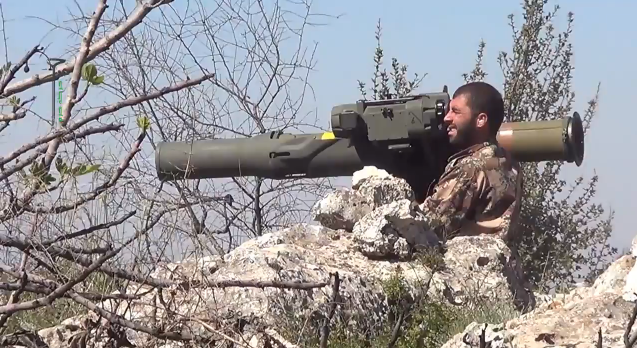








+Shahed+(Witness)+129+drone+UAV+unmanned+combat+air+vehicle+(UCAV),+8x+atgm+eight+Sadid+missiles+operational+radius+1,700+km+precision+targeting,+flight+endurance+of+24+hours+(+(5).jpg)


































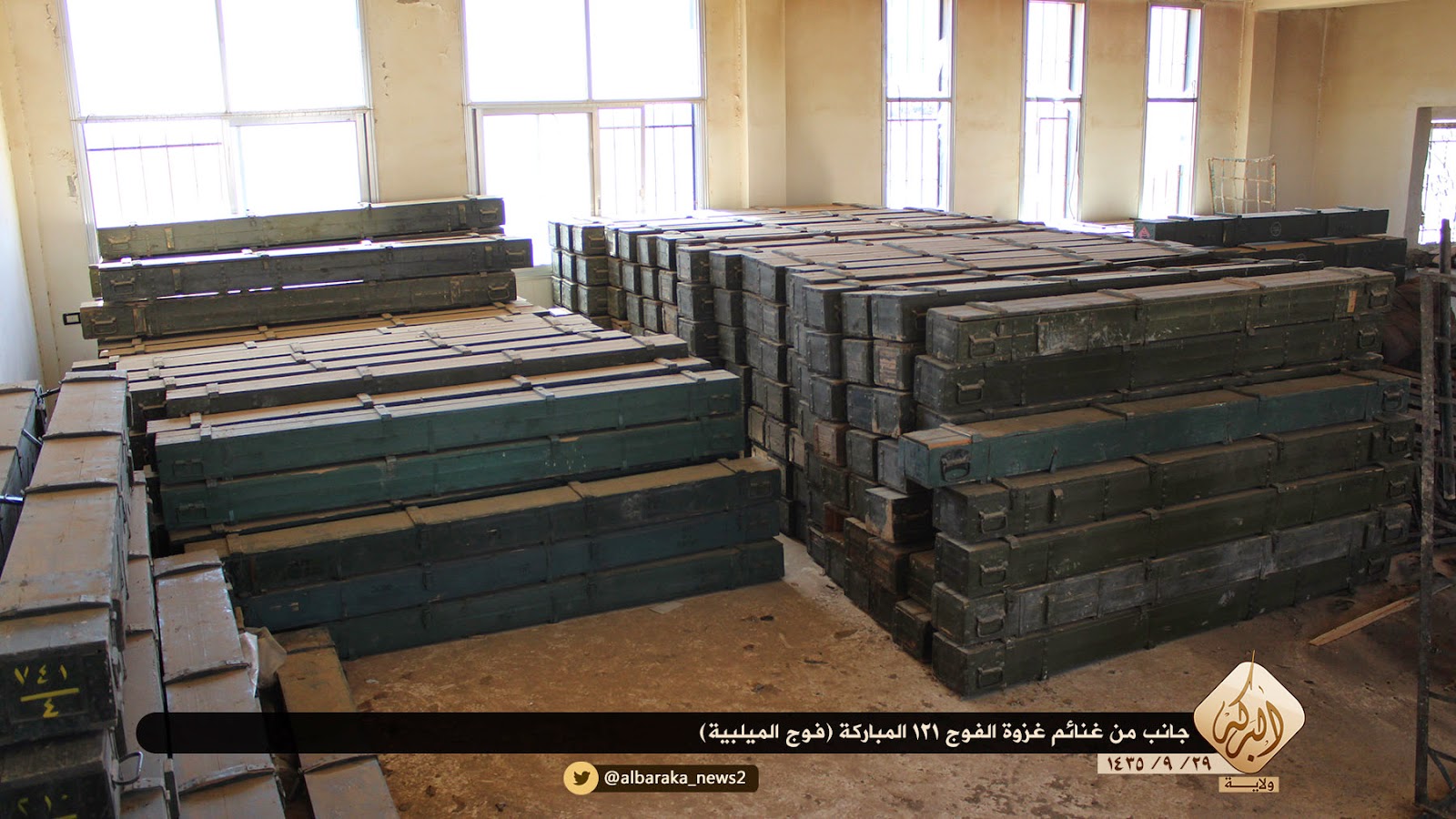



















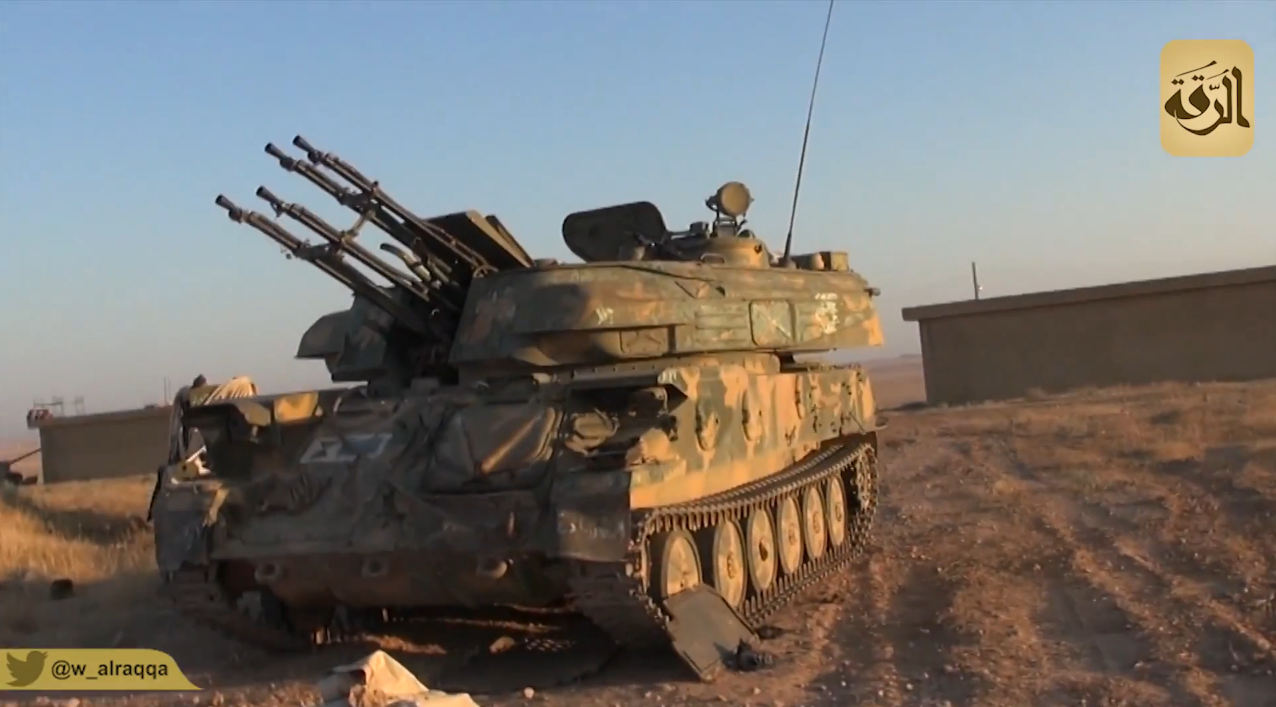






























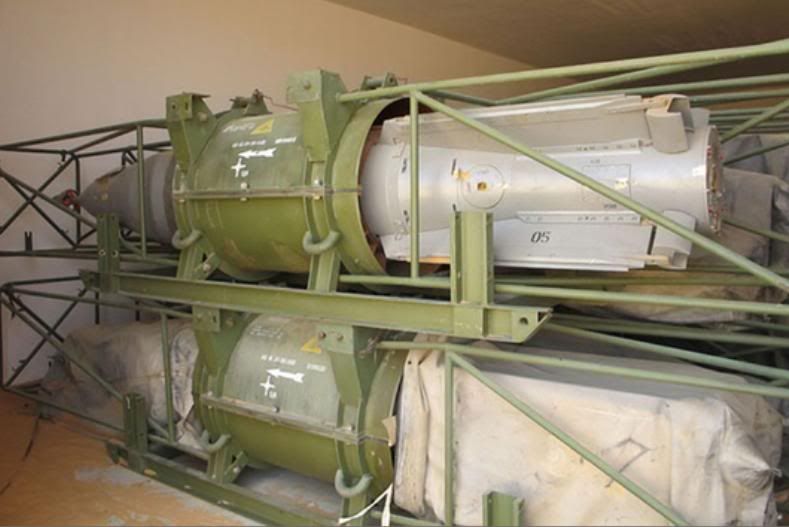



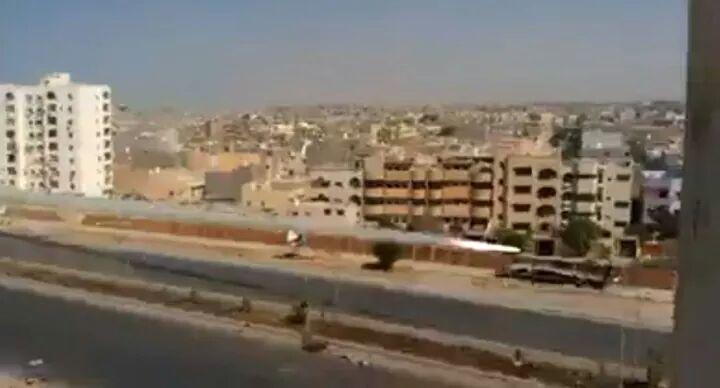













































 Sterkh-BM
Sterkh-BM 




















